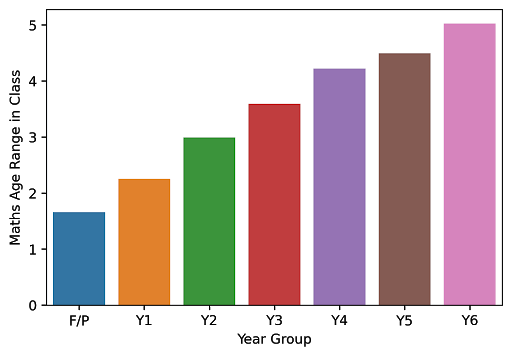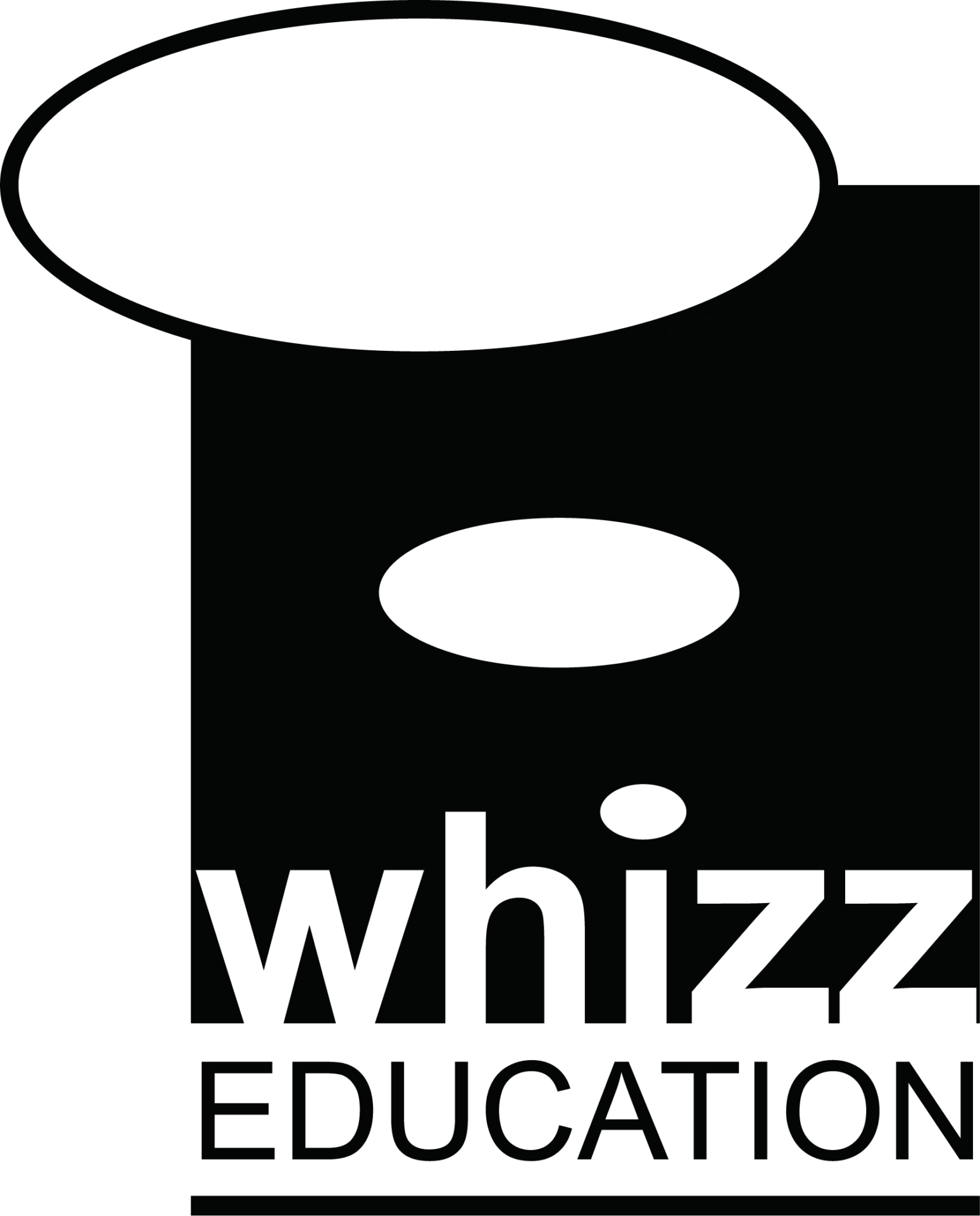If you’re looking for a silver lining for the global pandemic, it may be this: it has brought into sharp focus the alarming disparities in education, and the urgent need to better serve our most disadvantaged students.
COVID-19 has given a new face to old truths:
- A multi-year knowledge gap exists in every classroom
We often hear that the pandemic has resulted in an attainment gap. The subtler truth is that the gap existed all along; it has merely been exacerbated by COVID-19.
Every teacher knows that a multi-year knowledge gap exists among their students.

Whizz has put numbers to this observation by examining the range of students’ knowledge levels measured in terms of the globally-normed Maths Age metric) in classrooms across the UK. Here’s what we found:

Even as early as Year 1, the knowledge gap is in excess of two years. This gap grows in a linear fashion and by the end of upper primary school can extend to five years, as unaddressed disparities in mastery of core content knowledge inhibits students’ progress through the curriculum.
The challenge of meeting every learner’s needs is further strained by the fact that every student possesses a unique learning profile, with knowledge gaps distributed across different topics. The imperative for differentiated approaches to instruction is impossible to deny in the face of such knowledge.
2. Extended school closures result in learning loss
‘Learning loss’ is an evocative term, so let’s be clear: we simply take it to not only refer to missed instructional time, but also the erosion of previously acquired knowledge (what some educators have termed ‘interrupted learning’). When students returned to school after the first wave of lockdowns, having had their learning disrupted for several months, the extent of learning loss became clear. Whizz’s own findings suggest that around half of students in the UK and US experienced some loss, and that the loss amounted to an average of eight months (even greater in low-resource contexts like rural Kenya).
This trend is really just the pandemic’s iteration on the annual phenomenon known as the ‘summer slide’. It’s hardly surprising that when students are denied access to structured learning experiences for weeks at a time, their hard-earned knowledge erodes. With the pandemic, weeks’ worth of learning loss have become months for many students.
3. Disadvantaged students suffer the most during schooling disruptions
Learning losses have not been distributed equally. It is a cruel reality that those students who were already lagging behind in the curriculum are precisely those who typically lack access to online and offline learning opportunities when schools are closed, meaning they have even more ground to make up when normal service resumes.
When we face up to these realities, one thing becomes clear:
Accelerated learning is no longer a luxury; it never was. It is, and always has been, a vital strategy for allowing all students to keep pace with the curriculum.
Accelerated learning must now be embraced as part of our new normal. So, too, must individualised learning – another term that can evoke strong feelings, but which means simply that students should be taught in ways, and at a pace, that is sensitive to their particular needs.
The good news about learning loss is that eroded knowledge is easily regained. And there’s even better news for those ready to embrace accelerated learning: a common set of principles is emerging to achieve these outcomes at scale. Furthermore, tools like virtual tutoring platforms are demonstrating the viability of extending the proven benefits of one-to-one human tutoring to more learners by leveraging technology and good practice implementation. With the right training and support, teachers can be empowered to embed these tools within their practice, without increased demands of their workload.
COVID-19 is a wake-up call for anyone who thinks that the status quo was working for all students. Allowing the attainment gap to persist and grow is a dereliction of our duty as educators – especially when closing the gap is within our grasp.
